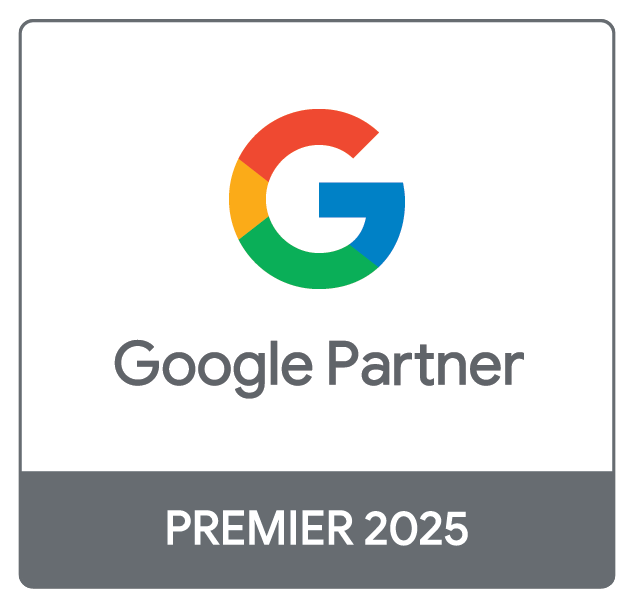Released back in 2018, Google’s Responsive Search Ads are one of the biggest changes to happen to the digital marketing industry. They are also one of the most important components of your ad strategy. When Google first released Expanded Text Ads a couple of years prior, advertisers felt like they had the entire world at their fingertips. Well, they did. At the time, Google doubled its ad text size, enabling companies to maximize presence and performance on mobile searches. The new layout provided two rows for headlines and an 80-character description line.
How quickly things changed! In just a couple of short years, our devices’ screens have gotten bigger, we’ve become even more dependent on mobile searches, and we’ve got a lot more things to say online. Twitter figured out the 140-character limit didn’t do its users justice, and Google’s recent change follows suit.
But what are Responsive Search Ads, and how do they differ from traditional search ads? Let’s take a closer look.
What Are Responsive Search Ads?
Responsive Search Ads (RSA’s) are a form of ads that allow you to show relevant messages to a specific audience. These ads differ from traditional search ads in various ways. First, they are one of the most flexible ad formats available. Responsive Search Ads allow you to write up to 15 different headlines and four descriptions. By the numbers, this means that there can be about 43,680 different variations that your target audience may see. This is far different from traditional search ads, which only allow you to write one static text ad that combines these elements.
After you input your headlines and descriptions, Google will use artificial intelligence (AI) to test various ad combinations automatically and determine their relevance to your target audience. This helps you find ad variations that are most likely to perform well. Over time, Google’s machine learning will deliver the most effective messages to different audience members based on what they’re searching for, what device they are using, their browsing history, and more.
How to Use Responsive Search Ads
These search ads leverage Google’s AI to with the eye-catching headlines and captivating descriptions you provide. Several ways to use RSA’s include:
- Inputting Multiple Headlines and Descriptions
- You provide up to 15 headlines (max 30 characters each) and 4 descriptions (max 90 characters each).
- Each headline and description should convey unique value propositions, CTAs, or features of your offering.
- Google Combines Assets Dynamically
- When someone searches on Google, the platform dynamically assembles a combination of the provided headlines and descriptions to create the most relevant ad.
- Google can display up to three headlines and two descriptions at a time in various arrangements.
- Testing and Optimization
- Google's machine learning algorithm tests these combinations in real-time.
- It analyzes performance based on factors like user behavior, query intent, and historical performance to prioritize the most effective combinations.
- Ad Customization for Users
- RSAs adapt to user search terms, devices, and behaviors, increasing the likelihood of relevance and engagement.
- This flexibility helps your ads show more often and in more competitive auctions.
- Performance Insights
- Google provides reporting to show which headlines, descriptions, and combinations perform best.
- Insights help refine your messaging and inform future ad strategies.
Benefits of Incorporating Google Responsive Search Ads into Your Strategy
Beyond the ability to create and test a greater number of ad variations, Responsive Search Ads are beneficial to Pay-Per-Click (PPC) strategies in many other ways, including:
- Efficiency – Google’s machine learning technology can streamline your PPC process. By automatically testing each headline and description combination to determine the most effective one, the need for A/B testing is reduced.
- Performance – Responsive Search Ads provide marketers with an efficient tool for creating messages that are relevant to the target audience. In doing so, this may improve your campaign’s performance, as customers are more likely to click on ads that appeal to them. In fact, Google reports that the click-through–rate (CTR) of Responsive Search Ads is five to 15 percent higher than that of standard ads. Plus, well-performing ads can help you improve your return on ad spend (ROAS) and reduce the chances of wasting money.
- Increased Reach – RSA’s also allow your ads to show up in a larger number of relevant searches, which helps your message reach more members of your audience.
The investment in Google advertising has long been a valuable one, but it can be overwhelming to try to determine what a customer is going to click on and utilize. However, with Responsive Search Ads, the machine learning system does the work for you, using historical data to create the most effective combination for your target audience.
So, how do you know if Responsive Search Ads are right for your business? If you are currently using Google Ads and are struggling to see positive performance (and don’t have the time or resources to test numerous ad variations yourself), this format may be an effective alternative to traditional search ads.
Start Utilizing Responsive Search Ads with the Help of a Knowledgeable Team
Are you looking to improve your ad performance and increase your ROAS? Zero Gravity Marketing can help. Our team of PPC experts can create a unique and effective marketing strategy using Google’s Responsive Search Ads. For more information or to set up a meeting, contact us today!
About the Author:











